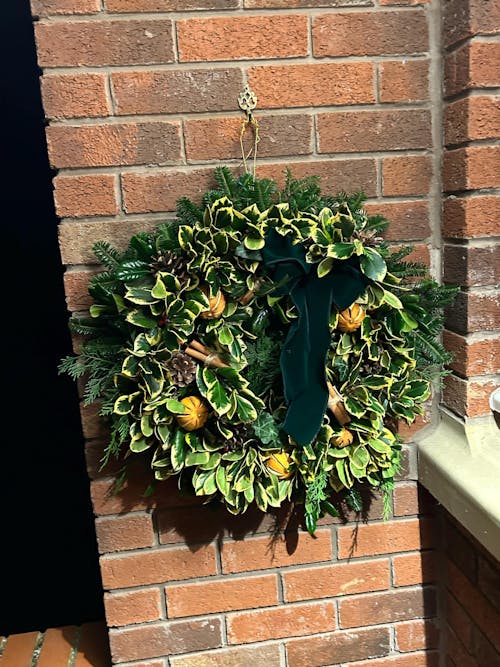This Never Never Plant has a splash of golden colour across its leaves which mean you'll 'never never' get bored of its stunning foliage. Mature plants grow multiple leaves branching off longer stems, creating an interesting architectural shape. The oblong shapes of their leaves make a stunning silhouette and create interest amongst any houseplant collection. This clever plant will move its leaves according to light level, so if it looks more closed up overnight, you know it's getting enough light in the daytime! Think of its rainforest undergrowth home when caring for this Ctenanthe, where it is sheltered from the harsh rays of the sun whilst still benefitting from its warmth, and in a moist environment while still getting some airflow.
Scientific Name
Ctenanthe lubbersiana pilosa 'Golden Mosaic' (Lubbers' hairy flower-bearing plant)
Ctenanthe is pronounced 'ten-ANTH-ie', with a silent C at the start!
This species was identified as both a Stromanthe before its classification as Ctenanthe in 1890, which is the currently accepted name.
Common Name
Never Never Plant, Prayer Plant, Golden Mosaic Prayer Plant, Bamburanta
Origin
This plant is native to South America, mainly the Amazon basin.
Light
Direct sun can easily scorch your Ctenanthe, so make sure it's in a bright spot but away from the sun's strong rays.
Water
Let the top few inches of soil dry out between waters; this plant likes its soil to be moist but not soggy.
Humidity
This plant loves high humidity and will be grateful if you use a humidity tray. And don't keep them anywhere near an operating radiator!
Soil
Use a well-draining, moisture-retentive soil to keep this thirsty plant happy. A mix with added coir and perlite, or one designed for Calatheas and Marantas, should keep your Ctenanthe happy too! Repot every couple of years in Spring.
Food
Feed every four waters in the growing season, reduce to every six in autumn and winter.
Temperature
Keep this plant happy with temperatures between is 15-27°C; they need to stay above 12°C in winter.
Pet-safe
Yes, but too much nibbling won't be good for pets, small humans or the plant!
Sprouts Top Tips
A common issue with Ctenanthes is crisping brown edges of leaves. This is usually caused wither by too much sun or not enough moisture. Check that your plant is not getting any direct sun, that the soil is not drying out beyond the top few inches, and if necessary introduce a humidity tray to keep the local moisture level in the air higher.


























![The 'Hot Toddy' Fresh Foliage Christmas Wreath [Made to Order]](https://cdn.shopify.com/s/files/1/0490/2774/3905/products/the-hot-toddy-fresh-foliage-christmas-wreath-240111_500x500.jpg?v=1637626402)









